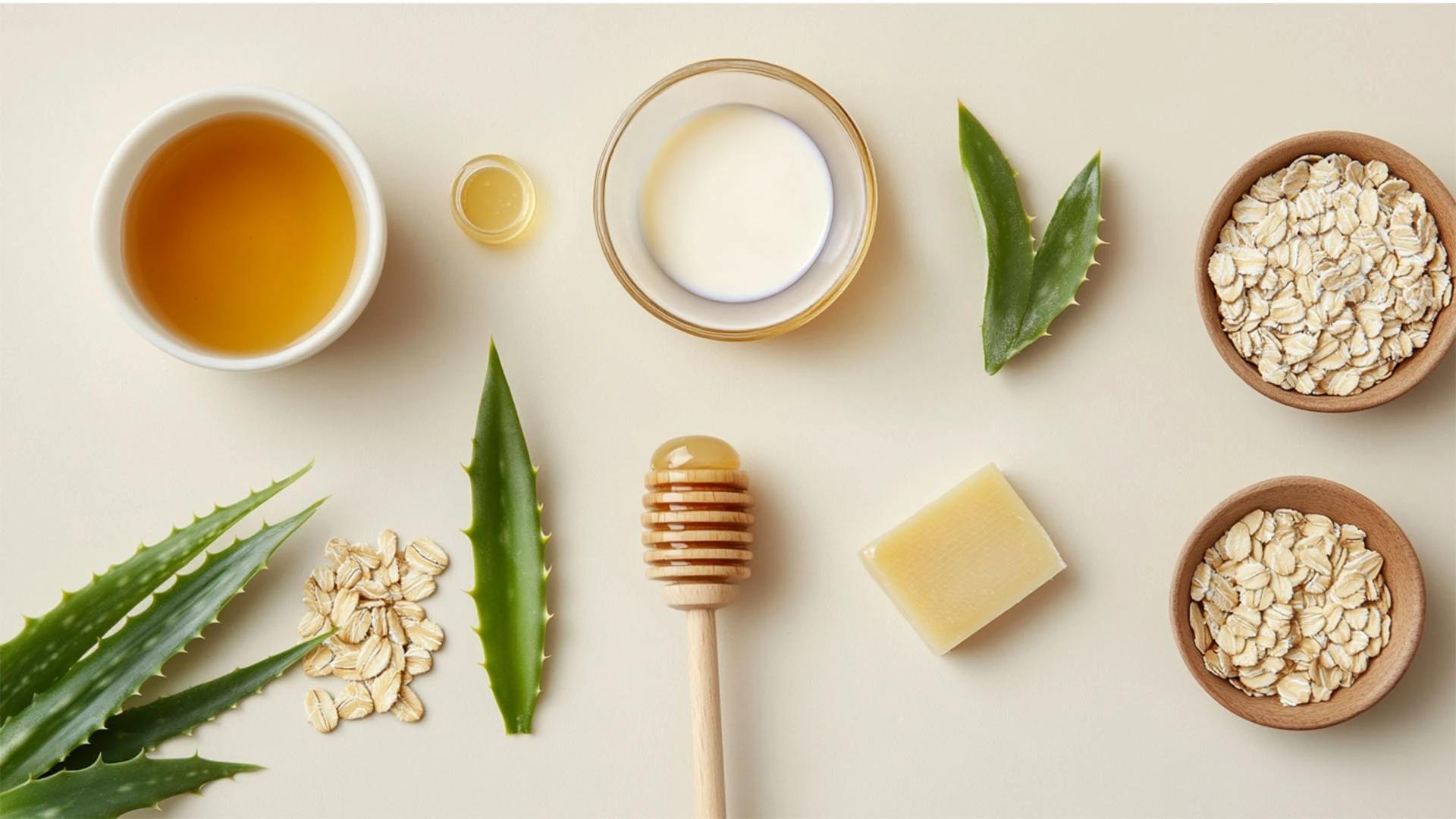Aloe vera's antifungal properties make it brilliant for tackling dandruff. Mix 3 tablespoons of aloe vera gel with 1 tablespoon of tea tree oil and 2 tablespoons of yoghurt for a
dandruff treatment that actually works.
Focus on applying this mask to your scalp, massaging it in gently. Leave it on for 20 minutes before washing out with a gentle shampoo. The combination helps reduce flakes while soothing scalp irritation.
Proper Application of Aloe Vera Gel for Hair
Getting the application right makes all the difference between amazing results and just okay ones. The good news is that aloe vera is pretty forgiving, but there are definitely some tricks that'll help you get the most out of your treatment. Whether you're using it as a mask, leave-in treatment, or scalp massage, technique matters.
Start with clean, damp hair for best results. Aloe vera spreads more easily on slightly wet hair and penetrates better when your cuticles are already slightly open from washing.
Pre-application Hair Preparation
Before applying aloe vera gel, give your hair a gentle cleanse with a mild shampoo. You don't want product buildup preventing the gel from doing its job properly.
Towel-dry your hair until it's damp but not dripping. If you're planning a scalp treatment, part your hair into sections to ensure even application. Having a wide-toothed comb handy helps distribute the gel evenly.
Application Techniques
For scalp treatments, use your fingertips to massage the gel directly onto your scalp in circular motions. Take your time with this—the massage itself boosts circulation and helps the gel penetrate better.
For length treatments, work the gel through your hair from mid-length to ends using your palms or a wide-toothed comb. Fine hair needs less product, while thick or coarse hair can handle more generous amounts.
Post-application Care
Leave the gel on for at least 20-30 minutes for treatments, or up to overnight for deep conditioning. If you're sleeping with aloe vera in your hair, protect your pillowcase with a silk scarf or old t-shirt.
Rinse thoroughly with cool water—hot water can make the gel harder to remove. Follow up with a gentle shampoo if needed, but often cool water alone does the trick.
Potential Side Effects and Precautions
While aloe vera is generally super safe for most people, it's always smart to know about potential side effects before diving in. The chances of having a reaction are pretty low, but being informed helps you use aloe vera confidently and safely. Most issues come from using poor-quality gel or having a pre-existing allergy.
Aloe vera allergies are rare but can happen. The symptoms are usually mild, but it's worth knowing what to watch out for so you can stop using it if needed.
Allergic Reactions
Signs of an aloe vera allergy include redness, itching, or a burning sensation on your scalp. Some people might also experience small bumps or a rash where the gel was applied.
Always do a patch test before your first use. Apply a small amount of gel to the inside of your wrist and wait 24 hours. If there's no reaction, you're good to go with your hair treatment.
Overuse Concerns
More isn't always better with aloe vera. Using it too frequently can sometimes lead to buildup, especially if you're not rinsing thoroughly. This can make your hair feel heavy or look dull.
Stick to 2-3 times per week max for treatments, or daily for very small amounts as a leave-in. Your hair will tell you if you're overdoing it—listen to what it needs.
Integrating Aloe Vera into Your Hair Care Routine
The secret to getting amazing results with aloe vera is making it a regular part of your haircare routine, not just a one-off treatment. The key is finding the right balance and frequency that works for your specific hair type and concerns. Consistency beats intensity every time when it comes to natural hair treatments.
Aloe vera plays well with most other haircare ingredients, which makes it easy to incorporate without overhauling your entire routine. You can layer it with your existing products or use it as a replacement for some of them.
Complementary Products


 175 ml
175 ml 250 ml
250 ml 100 ml
100 ml 210 ml
210 ml